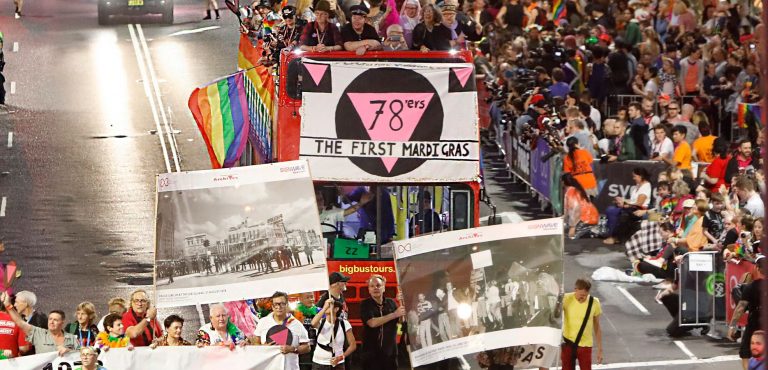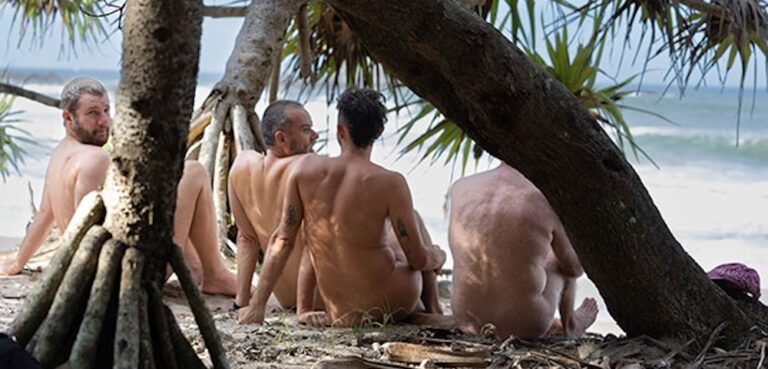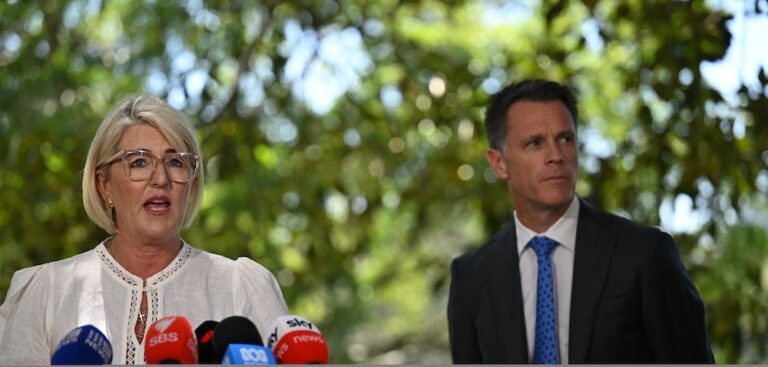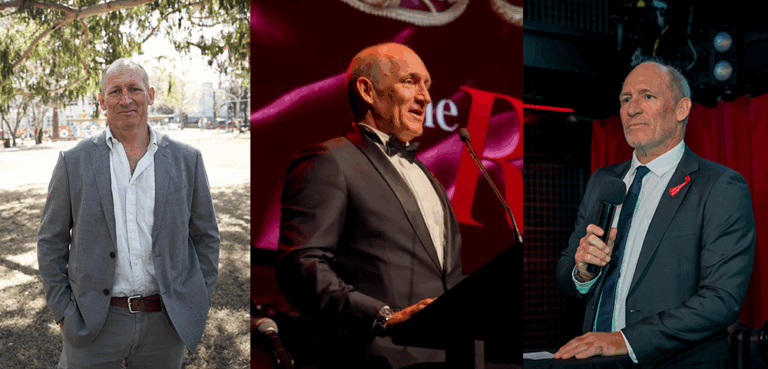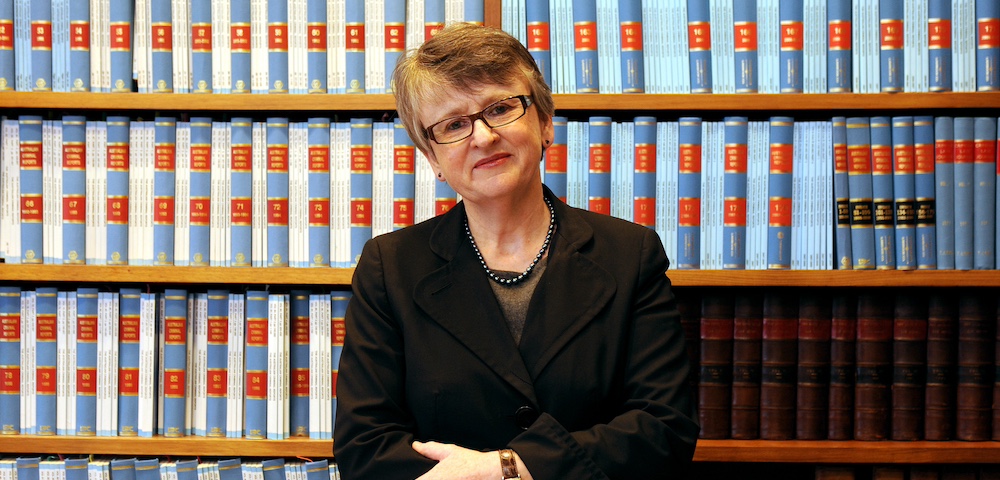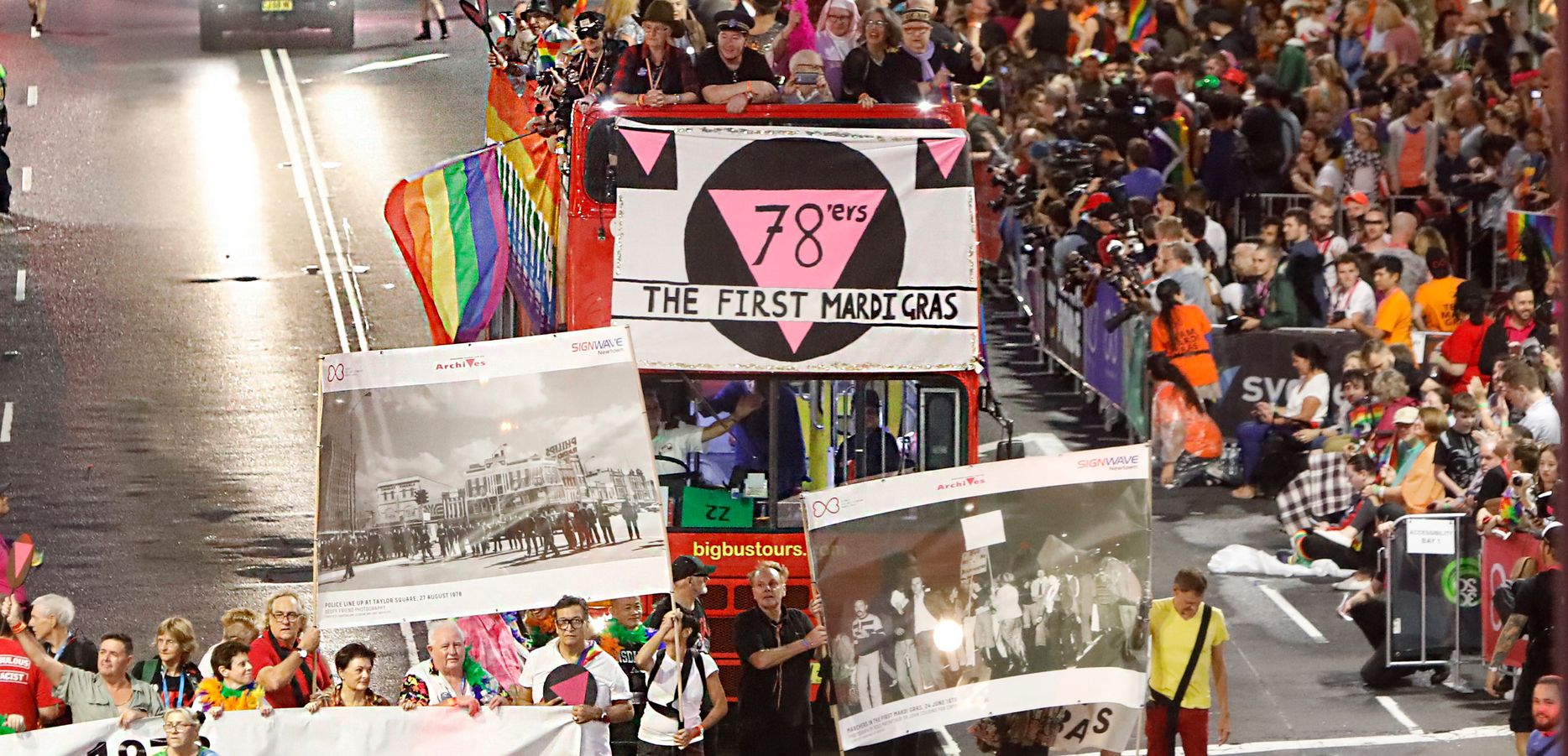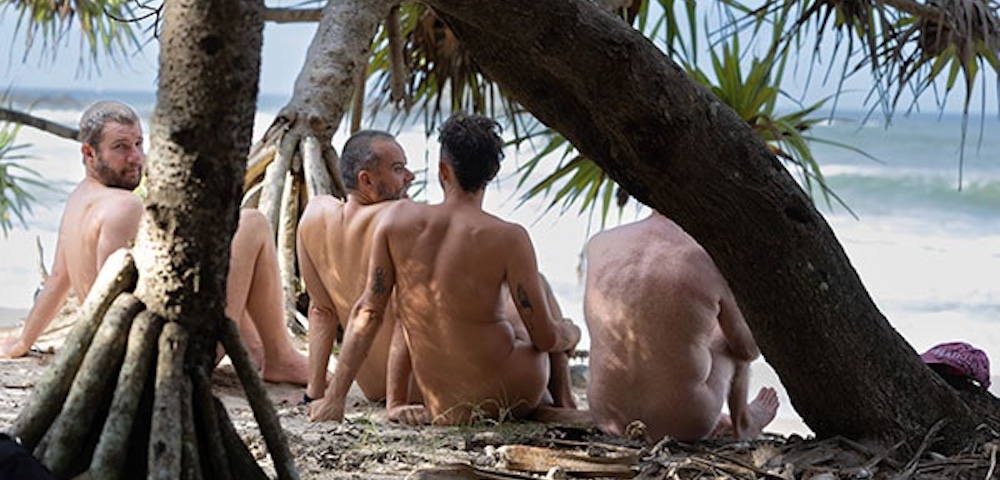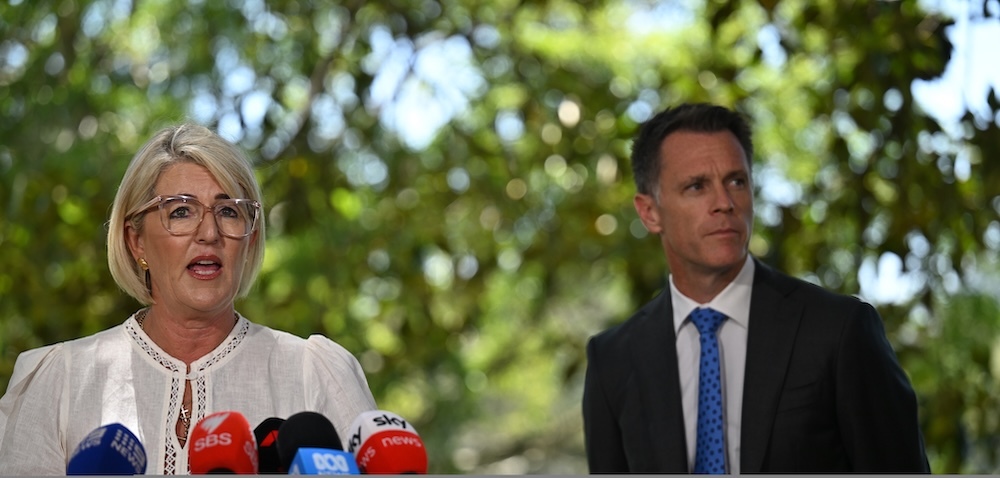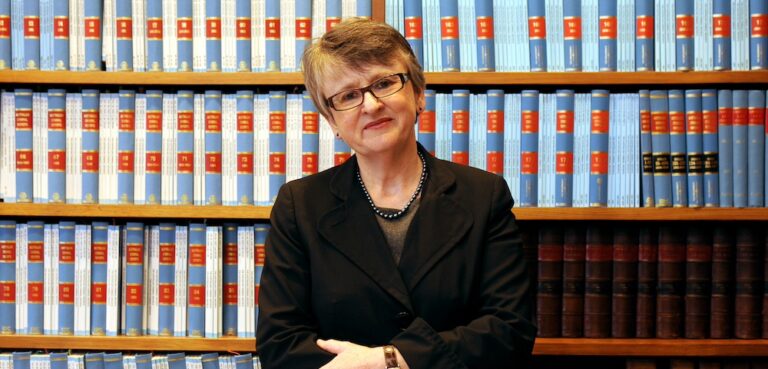
Is World AIDS Day still relevant?
Don Baxter remembers the late 1980s and early 1990s as the high-water mark for World AIDS Day in Sydney.
Before the arrival of effective combination medication in the mid-1990s, 1 December was a time for people across the city to reflect and regroup as the HIV epidemic devastated the gay community.
But my memory of it -¦ is that that only really lasted for about four to five years, when it was a big deal outside of Darlinghurst, Baxter, executive director of the Australian Federation of AIDS Organisations (AFAO), said this week.
Certainly 15 and 20 years ago there were many more red ribbons worn by general community people in the city and in some of the suburbs.
One also has to remember that in those days there were far fewer -˜competing’ days of ribbon-wearing. I think there was really only daffodils [for the Cancer Council’s Daffodil Day].
In a sense World AIDS Day was relatively innovative at the time.
According to Baxter, the change was no bad thing.
I don’t think organisations like ours can be disappointed that it’s changed. In some ways it should be a point of celebration that World AIDS Day doesn’t have to be like it used to be.
Yet, as national infection rates rise, the apparent decline in World AIDS Day’s prominence has also had its drawbacks.
Last year, ACON had one of its lowest responses to World AIDS Day events, including the iconic Red Ribbon Appeal -“ a possible sign of dropping community concern about the epidemic.
We certainly had a low last year and it was a real struggle to get people to come forward to be volunteers to sell red ribbons or even getting people to buy red ribbons, ACON chief executive Stevie Clayton said.
As community organisations prepare to mark World AIDS Day on Friday, Clayton believes opinion could be shifting.
This year it looks like having more volunteers than ever before, she said.
It seems like that process of people becoming disengaged with HIV has run the full circle.
But Clayton acknowledges sustaining community interest will be tough, as recent reports show national HIV diagnoses are on the rise.
According to National Centre in HIV Epidemiology and Clinical Research figures released last month, HIV rates have increased by 41 percent nationally in the past five years. Gay men continue to account for most new diagnoses.
We need to keep constantly looking for new ways to do our work -¦ so we can keep people engaged as the epidemic goes on, Clayton says.
ACON recently launched a campaign reminding gay men about possible signs of seroconversion illness. The organisation is also incorporating HIV work in a range of programs, rather than providing a few HIV-specific services only, as the epidemic evolves.
It’s got to be about using every way that we can to keep safe sex and information about HIV at the forefront of gay men’s minds, Clayton says.
Twenty-five years since the first cases were reported among US gay men, World AIDS Day still plays a pivotal role in awareness raising in Australia, according to another leading AIDS organisation.
It’s still the day in the year that’s most useful in terms of profile-raising and focusing attention, People Living With HIV/AIDS (NSW) executive officer Geoff Honnor said.
The theme of AIDS Awareness Week this year, Let’s Talk About It: Many Faces, Different Stories, is a reminder the epidemic cuts across the community.
I think for a lot of Australia, particularly mainstream Australia, the idea of HIV is of something that now happens away from our shores, in the developing world, Honnor said.
World AIDS Day offers an opportunity to point out the reality that HIV is still here.
With no vaccine or cure likely soon, future World AIDS Days will need to promote the same message, according to former Canberra AIDS activist Malcolm Leech, who was diagnosed with HIV about 10 years ago.
There is no cure in sight. Hopefully more drugs will come on -¦ but we have to keep the awareness there, Leech said.
The reality is, even in this country, people are still dying from AIDS-related conditions.
Protect yourself against this virus, because if you’ve got it, it won’t go away and it’s not going to go away in the near future.
